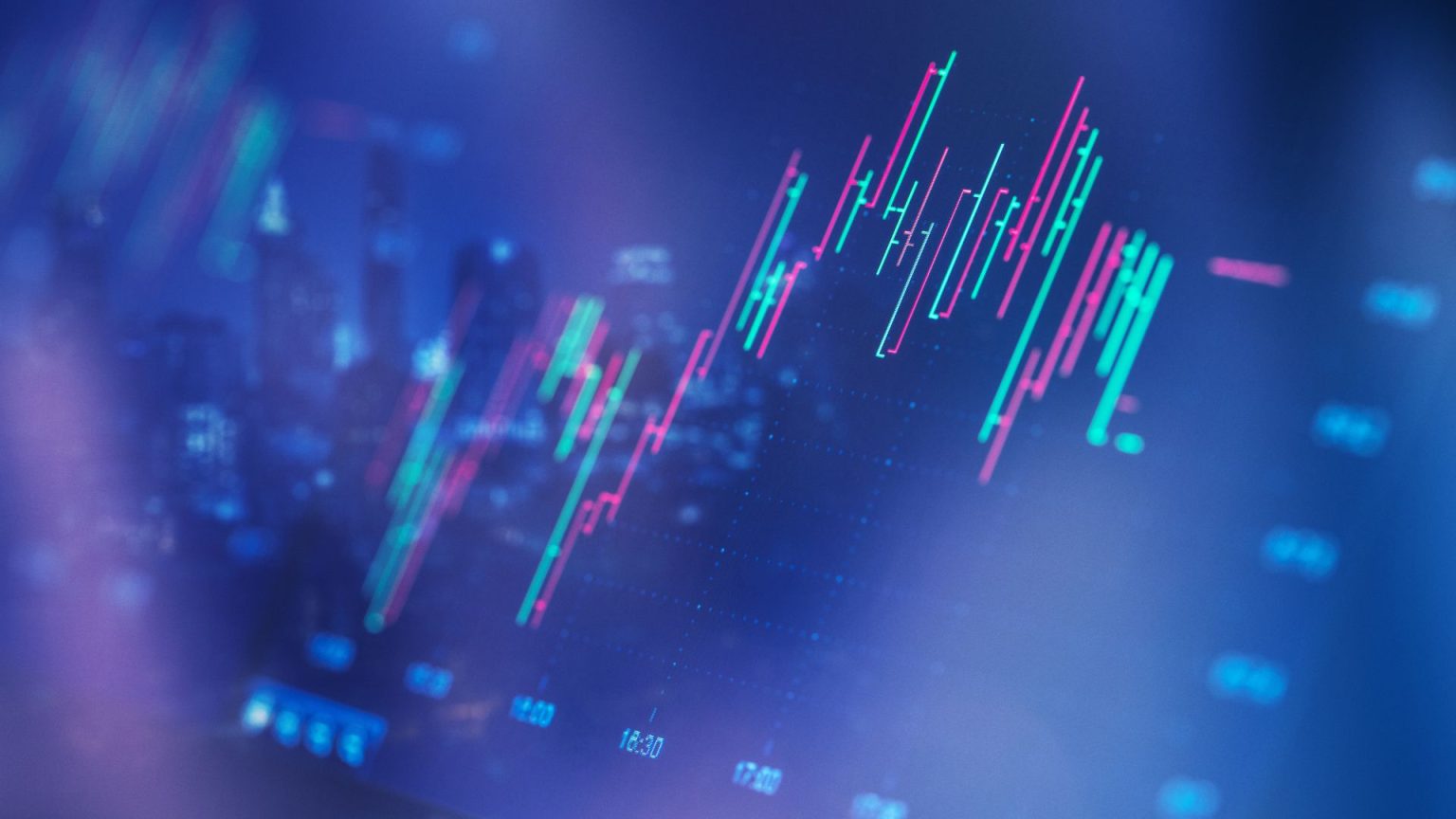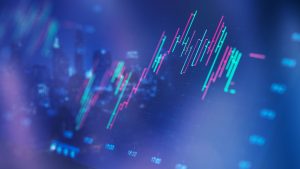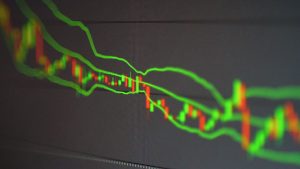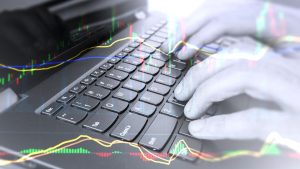Liquidations in crypto are at record highs, and if you’ve been trading leverage lately, you’ve seen it firsthand — thousands of traders getting wiped out in a single candle.
It doesn’t matter if Bitcoin’s trending up or chopping sideways. When the market turns against overleveraged traders, it’s ruthless.
The sad truth? Most traders aren’t losing because they’re wrong about direction — they’re losing because they’re wrong about risk.
Let’s break down exactly what liquidation is, why it happens so often, and how you can protect your capital before you become another liquidation statistic.
⚙️ What Is Liquidation?
Liquidation happens when your margin (the collateral you put up for a leveraged position) falls below the required maintenance level.
En términos sencillos:
You borrowed too much, the market moved against you, and the exchange closed your trade automatically to prevent further losses.
Ejemplo:
You open a 10x long on Bitcoin at $100,000 with $1,000 collateral.
- Each 1% move against you equals a 10% hit to your account.
- A 10% drop in price? You’re wiped. Liquidated.
The higher your leverage, the smaller the move it takes to liquidate you.
💣 Why Liquidations Are Skyrocketing
In 2025, crypto has reached new levels of retail participation, AI-driven sentimenty 24/7 futures trading across exchanges. Combine that with rising volatility, and you get the perfect storm.
Key Reasons Traders Are Getting Liquidated:
- Overleveraging small accounts – trying to turn $100 into $10,000 overnight.
- No stop losses – traders rely on hope instead of risk control.
- Poor entry timing – entering late into strong moves with zero margin for error.
- High funding rates – traders ignore the cost of holding leveraged positions.
- Emotional trading – doubling down on losing trades instead of cutting early.
Exchanges love this. High leverage and emotional traders create volume — and every liquidation adds fuel to the next squeeze.
🧠 Understanding How Liquidation Cascades Work
When too many traders are on one side of the market (for example, overly long during a Bitcoin breakout), the market becomes unstable.
Here’s what happens:
- Price dips slightly.
- The most aggressive longs get liquidated first.
- Their forced sells drive price even lower.
- More traders get liquidated.
- The cascade accelerates — a domino effect.
This is how billion-dollar wipeouts happen in minutes.
The same works in reverse with shorts — a small breakout can liquidate massive short positions and send price flying upward.
🛡️ How to Avoid Getting Liquidated
Avoiding liquidation isn’t about luck or predicting the next big move — it’s about risk structure y discipline.
1. Lower Your Leverage (Seriously)
Just because the exchange lets you use 50x or 100x leverage doesn’t mean you should.
Professional traders rarely use more than 3x–5x, even with strong conviction.
Remember: higher leverage magnifies emotions as much as profits.
2. Use Stop Losses Every Single Time
A stop loss isn’t optional — it’s survival.
Always define where you’re wrong antes de you enter. Without a stop, the exchange will make that decision for you.
3. Use Cross Margin Carefully
Cross margin can protect you by using all account funds as collateral, but it also means one bad trade can drain your entire account.
Stick with isolated margin when learning to trade — it limits damage to one position.
4. Avoid Trading Tops and Bottoms
Most liquidations happen when traders chase breakout candles or knife-catch reversals.
Let price confirm a direction, then plan your entry with a margin buffer.
5. Watch Funding Rates and Open Interest
When funding rates are extreme, it’s a signal the crowd is too one-sided.
If longs are paying massive funding to stay open, a long squeeze is coming.
Monitor open interest — high levels before volatility are warning signs.
6. Position Size Like a Professional
Use small, consistent position sizes relative to your account — even if that means using less leverage or trading smaller setups.
Survival > excitement.
7. Take Profits Regularly
Scaling out of profitable positions reduces liquidation risk.
Move stop losses to break-even when possible, and never let a winning trade turn into a full loss.
🧩 Pro Tip: Liquidation Maps Are Your Friend
Many advanced traders now use liquidation heatmaps — visual tools that show where large clusters of liquidation levels sit across exchanges.
When you see a dense cluster above or below current price, it’s a hint of where the next liquidity grab might happen.
Market makers often drive price directly into these zones before reversing it. Knowing where they are gives you a serious edge.
⚡ Example: How Smart Traders Stay Alive During Volatility
Let’s say Bitcoin is at $115,000 and funding rates are high. Retail traders are piling into 25x longs expecting $120K soon.
A smart trader:
- Avoids entering at the top of the hype.
- Waits for the pullback into support.
- Uses 3x leverage, small size, and a stop below structure.
- If price drops, the loss is controlled — not catastrophic.
That’s how you trade long-term. Not every position wins, but your account stays intact to take the next opportunity.
🎯 Reflexiones finales
Getting liquidated doesn’t make you a bad trader, it makes you a careless one.
And careless traders don’t survive.
Leverage can be an incredible tool, but it’s also a loaded weapon. Use it with respect.
Trading is not about getting rich fast — it’s about staying in the game long enough to win big when the right setup appears.
If you focus on structure over excitement, you’ll outlast 90% of the market.
Opere de forma más inteligente con EPIQ
En Parqué EPIQ, we teach traders how to use leverage intelligently — not emotionally.
En el interior, obtendrá:
✅ Tools to monitor liquidation zones and funding data in real time
✅ Advanced leverage and margin tutorials
✅ Daily trade setups with defined risk and reward levels
✅ A community of traders who trade with logic, not luck
Comienza tu 3 días de prueba gratuita today and learn how to trade leverage like a professional — not a degen.
Asesoramiento no financiero (NFA): This content is for educational purposes only and not financial advice. Always do your own research and manage your risk responsibly.










Respuestas